6 Differences Between Sadness and Depression

Has anyone opened up to you about being depressed? Did you respond by saying you understood and that you’ve “felt sad sometimes, too”?If something like this has ever happened to you, then chances are, you’re one of the many people out there who have a hard time differentiating sadness from depression.
While the two concepts do bear a close resemblance with one another, there are a number of important differences between them. According to the American Psychological Association (2013), depression is defined as a mood disorder characterized by persistently negative feelings and changes in one’s thoughts and behaviors. It’s most prevalent among adolescents and young adults, and is more common among women than men. Over 25% of the global populationsuffer from depression, making it the most common mental illness in the world (NIMH, 2017).
With that said, here are 6 important distinctions that can help you better understand the difference between sadness and depression:
1. Sadness is an Emotion. Depression is a Mental Illness.
Sadness is a part of the natural spectrum of healthy human emotions that all of us experience at certain points in our lives. It’s only normal to feel sad when we’re hurt or in distress, but the feeling often comes and goes. Everybody gets sad sometimes, but not everybody who does is necessarily depressed. Depression one of the most misunderstood mental illnesses in the world, and it affects over 16.1 million people in the US alone (ADAA, 2015).
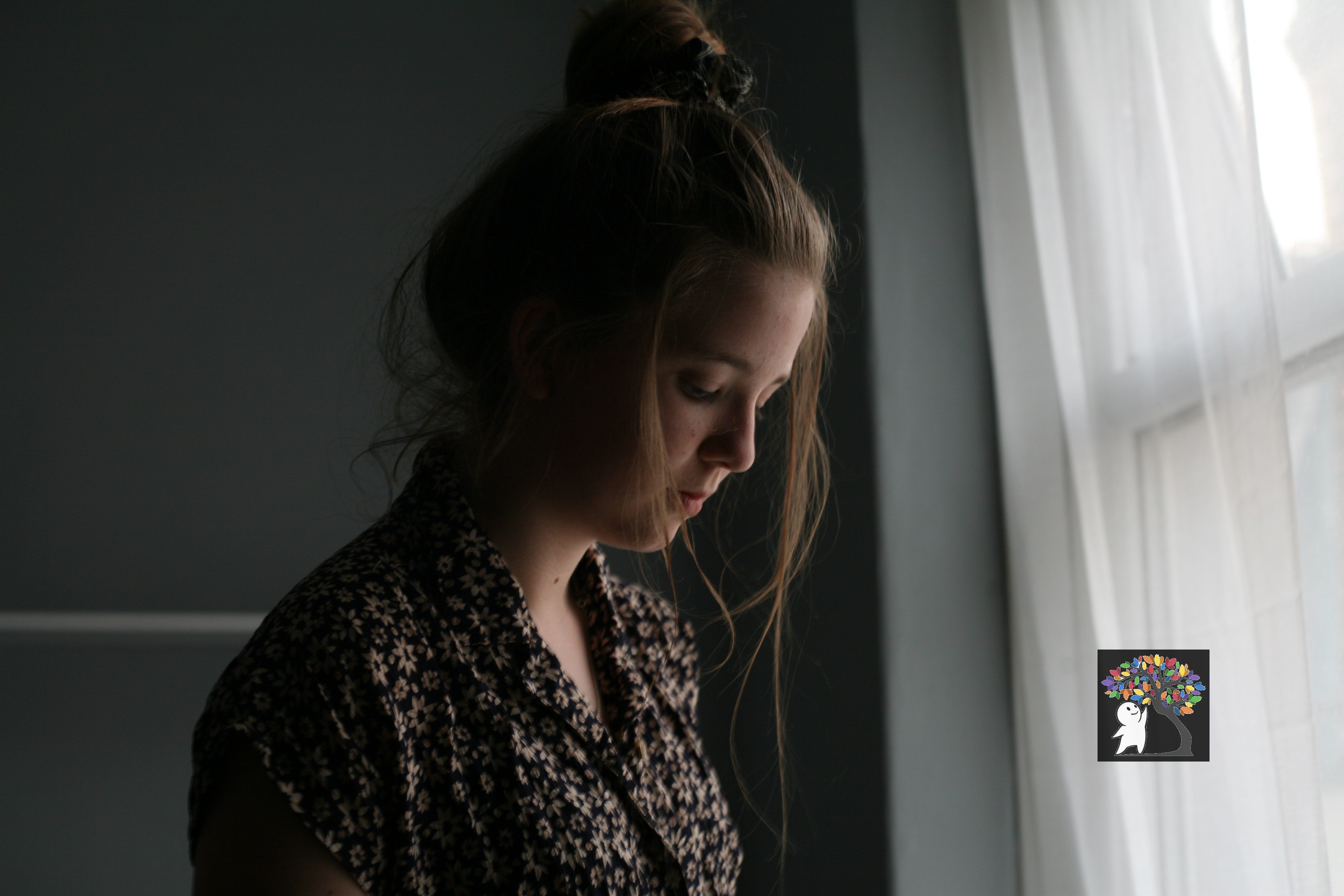
2. Sadness is Brief. Depression is Persistent.
Because sadness is only an emotional state, it doesn’t usually last very long. Most people feel sad about something for only a few hours at a time, and after that, it usually goes away on its own. Depression doesn’t. Depression is chronic, and a depressive episode can last up to months or even years at a time, especially if it’s left untreated (Pratt & Brody, 2008). It’s a serious condition that requires psychosocial intervention from a mental healthcare professional before it can get better.
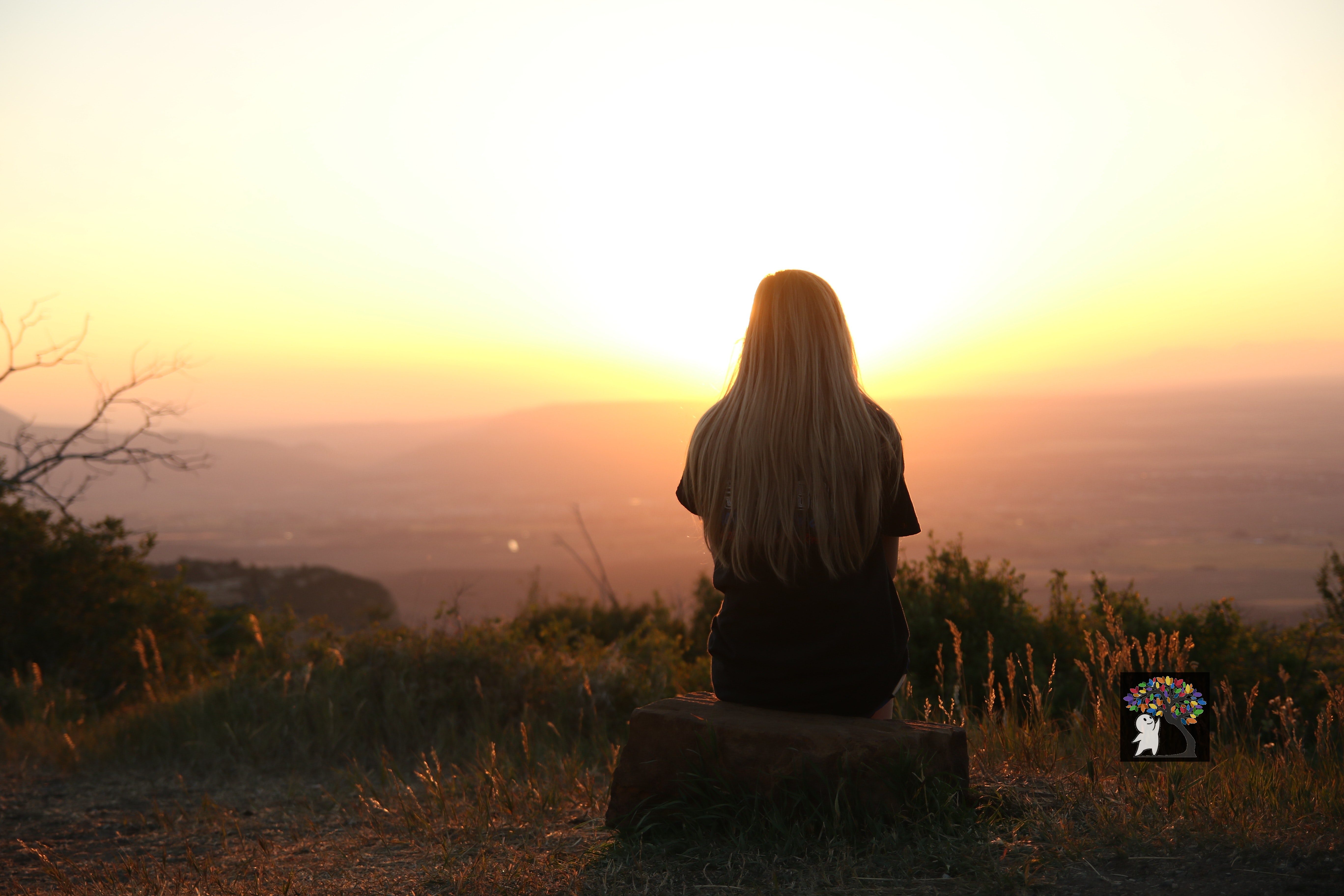
3. Sadness is Specific. Depression is Vague.
While sadness can sometimes be abrupt and out of the blue, there’s usually a reason behind it. Certain events like failure, disappointment, change, and loss can bring about feelings of sadness in us. So while it’s easy to share and open up about what’s making us sad, the same can’t be said for depression.
Unlike sadness, depression is not a reaction to a negative situation. Oftentimes, people struggling with depression don’t understand why they’re depressed. While it’s true that depressive episodes can sometimes be triggered by specific events (like a break up or the death of a loved one), in most cases, depression seems to develop for seemingly no reason at all.
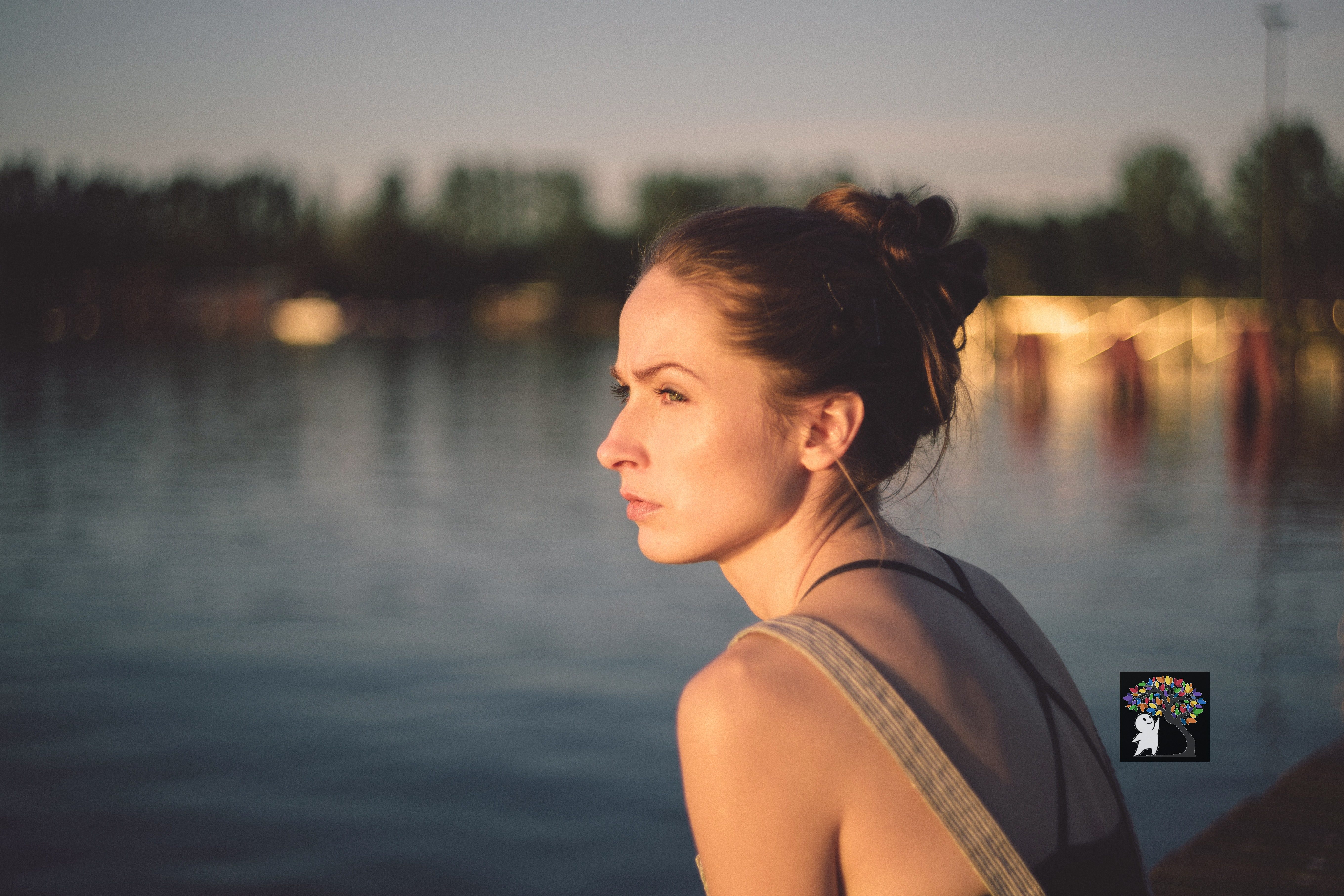
4. Sadness is Subjective. Depression is Objective.
Sadness is a very personal experience, but depression needs a professional diagnosis. Certain symptoms – like fatigue, loss of interest, unexplained pain or body aches, and changes in your sleeping and eating patterns – need to be present in order for a psychologist to say that someone has depression.
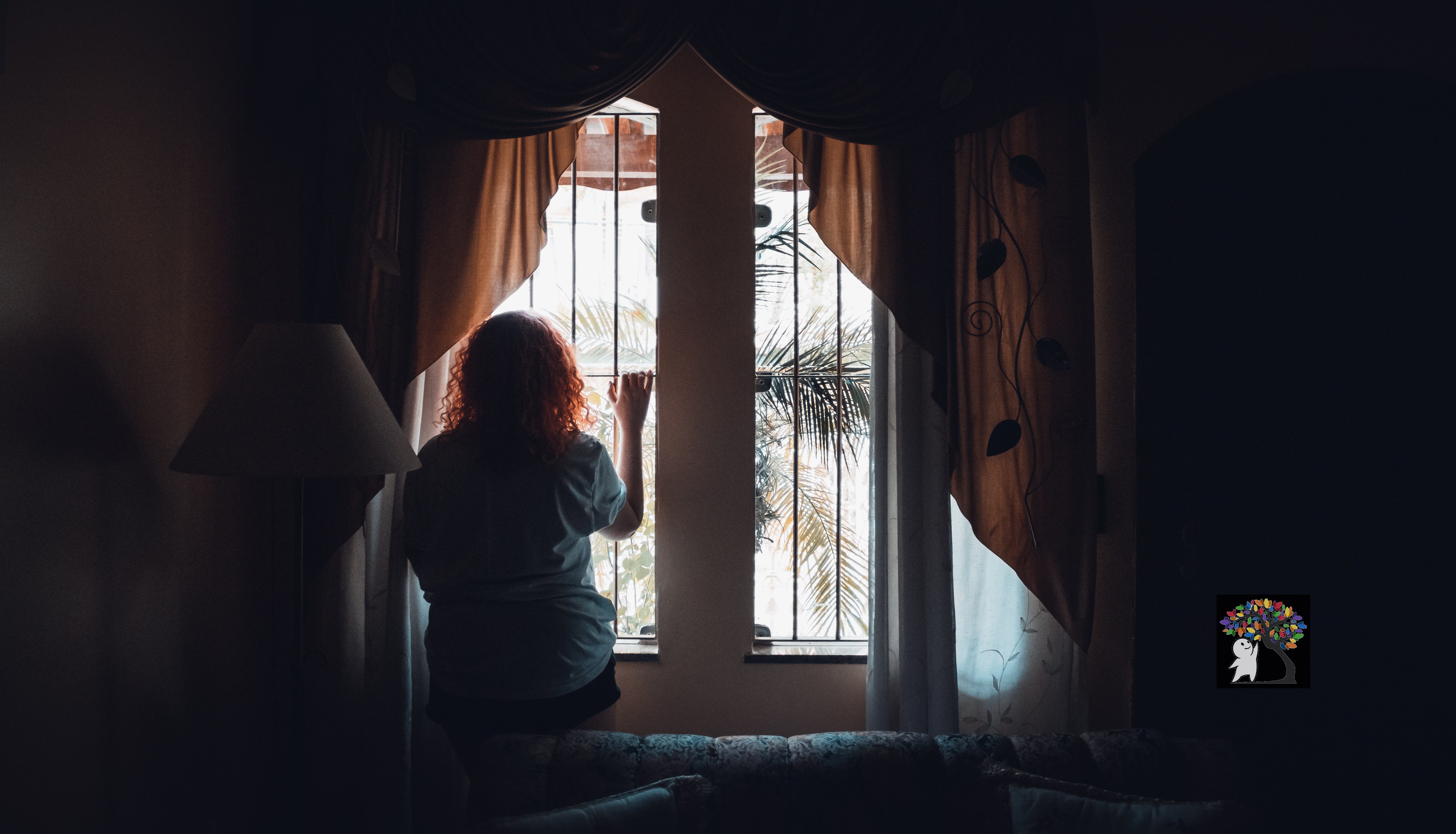
5. Sadness Has Short-Term Effects. Depression Has Long-Term Consequences.
Depression is much more serious than your usual bout of sadness because it has affects all areas of a person’s life. It can have a negative impact on your personal relationships, your performance, your health, your behaviors, your self-esteem, and most of all, your thought patterns. It can make it hard for you to feel good about yourself and may make you feel guilty, worthless, and insecure. This is why severe depression is often associated with self-harm and suicidal ideation (Dunn, Sham & Hand, 2003).

6. Sadness Affects Your Mood. Depression Affects Your Life.
When you’re sad, you try to cheer yourself up with distractions that make you forget what you’re feeling. Doing something you love, spending time with your friends and family, and opening up about what you’re going through can make you feel better. Even when the sadness feels overwhelming and all-encompassing, there are moment when you still laugh, have fun, and feel happy.
When you’re struggling with depression, however, it can be hard for you to find enjoyment in anything. You stop doing the things you love, because it feels pointless. You don’t have the energy to do anything, so you stop talking to your friends, stop going to school or to work, and stop taking care of yourself altogether. Depression disrupts your normal eating and sleeping patterns, and you’ll likely end up staying in bed all day, feeling empty, hopeless, and alone (APA, 2013).
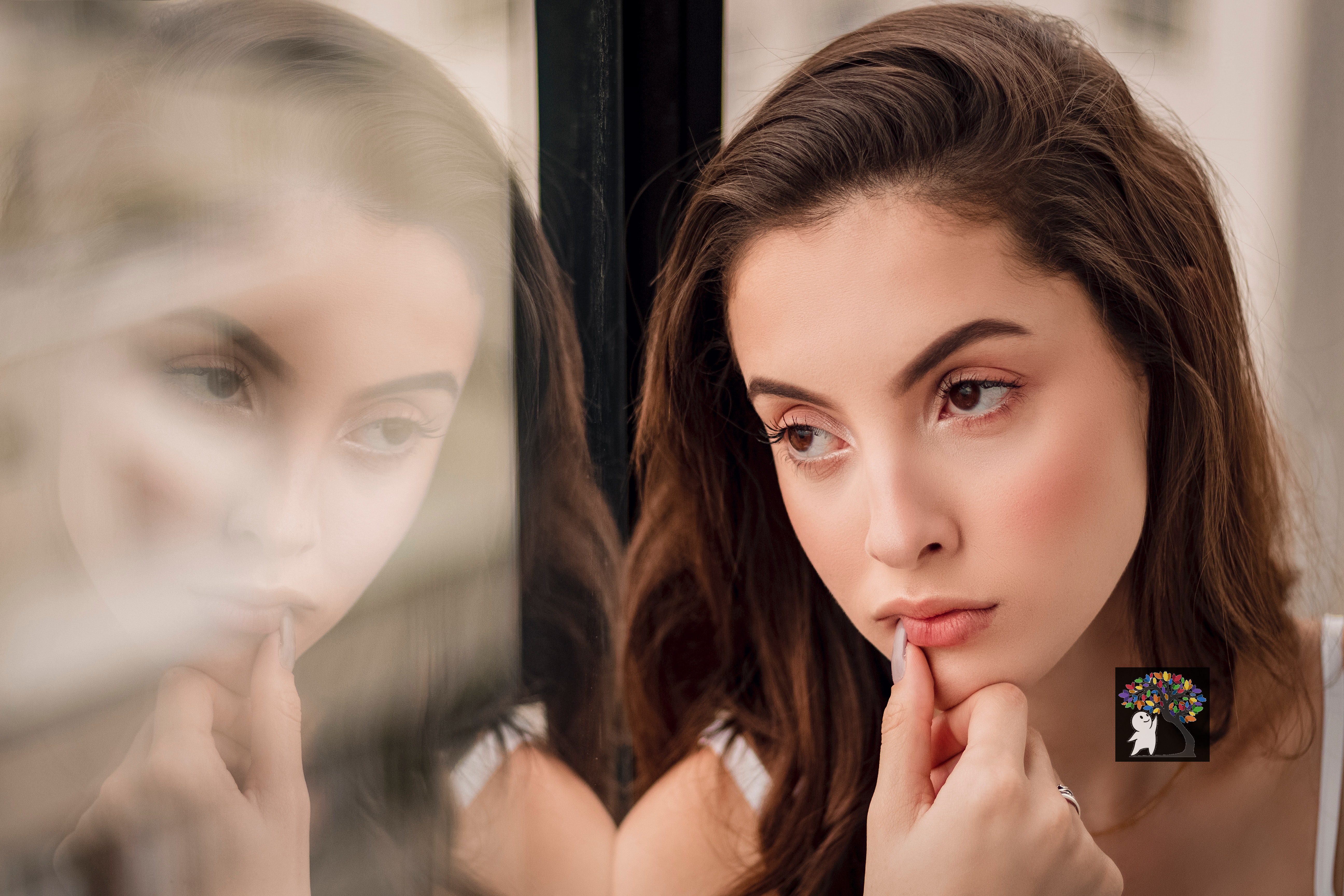
Knowing the difference between sadness and depression can do a lot in helping your understanding of mental illnesses in general. There are a lot of harmful myths and misconceptions surrounding depression (that it’s a choice, that’s it’s all in your head, etc.), but educating yourself about it makes you more compassionate and understanding to those who may be struggling with it – including yourself.
If you’re interested in learning more, read “6 Things You Shouldn’t Say to Someone with Depression”.
References:
- American Psychological Association (2013). Diagnostic and Statistical Manual of Mental Dis 5th Ed. Washington, DC, USA: APA Publishing.
- National Institute of Mental Health (November 2017). An Overview on Depression: Its Definition and Statistics. Retrieved from https://www.nimh.nih.gov/health/topics/depression/index.shtml
- National Alliance Against Mental Illness (2018). Mental Health by The Numbers. Retrieved from https://www.nami.org/Learn-More/Mental-Health-By-the-Numbers
- Pratt, L. A., & Brody, D. J. (2008). Depression in the United States household population, 2005-2006.
- Dunn, G., Sham, P., & Hand, D. (2003). Statistics and the nature of depression. Psychological Medicine, 23(4), 871-889.


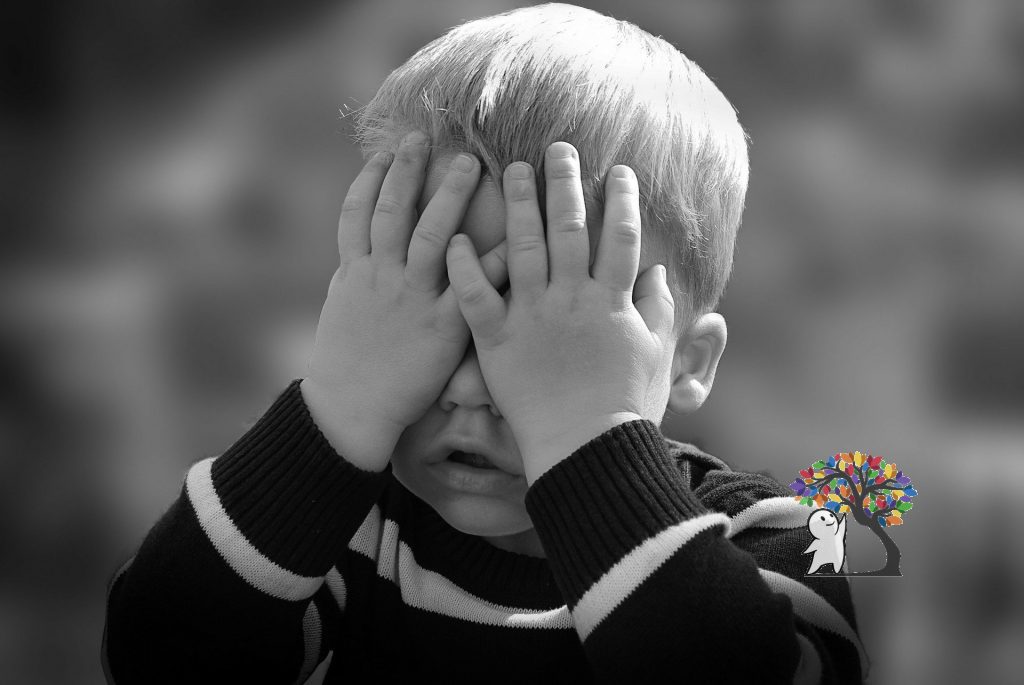
Responses